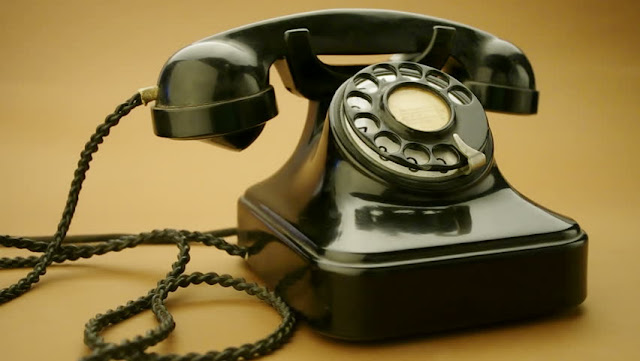How to be Genius in 10 Steps

Everybody is a genius. But if you judge a fish by its ability to climb a tree, it will live its whole life believing that it is stupid Everyone wants to be genius, in one field at least, and thinks that genius is a talent; that is right to some extent, but if it is extremely true, genius will be owned by very few people, but genius is a plan you should follow to have it. Read these 10 steps based on Einstein's quotes to acquire genius someday. 1 - Perseverance and Determination Einstein says "the idea isn't that I'm genius, but that I have much time in solving problems" Einstein then thinks that genius is 1% talent, 99% work, and perseverance, and there is no genius innately, but there are diligent who want to achieve what they are believing on to them and to others around them. And remember if you want to find a chance, find it among difficulties. 2 – Follow your Curiosity Genius has no private talent, but a great love of kn...




